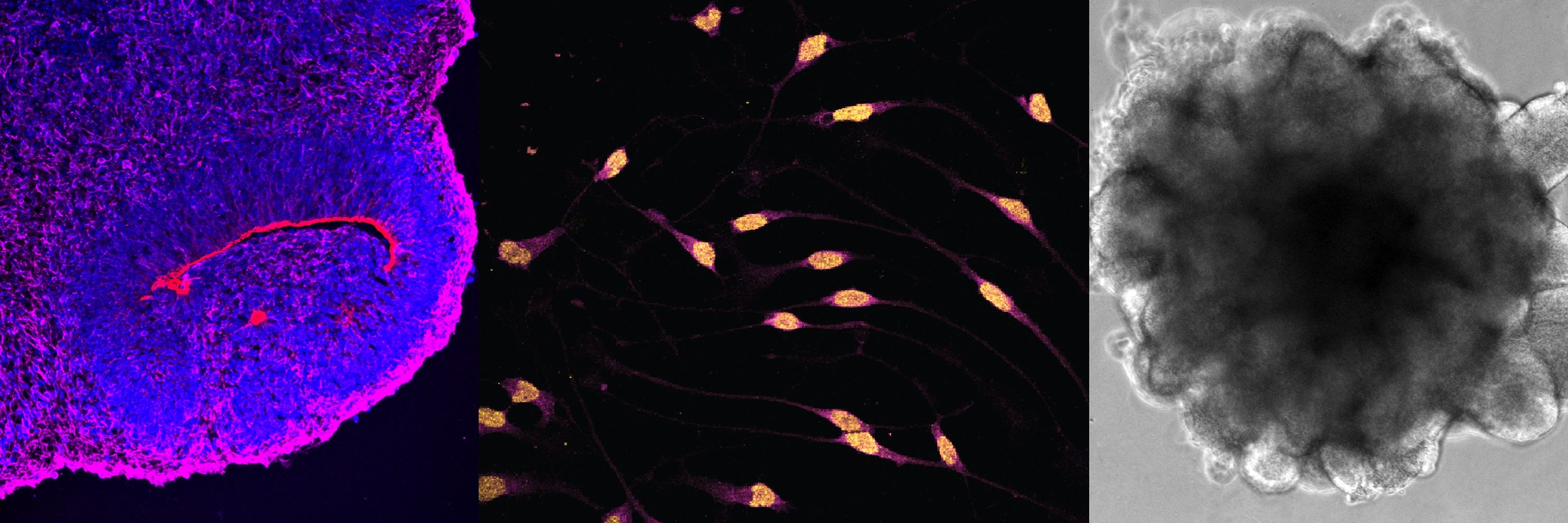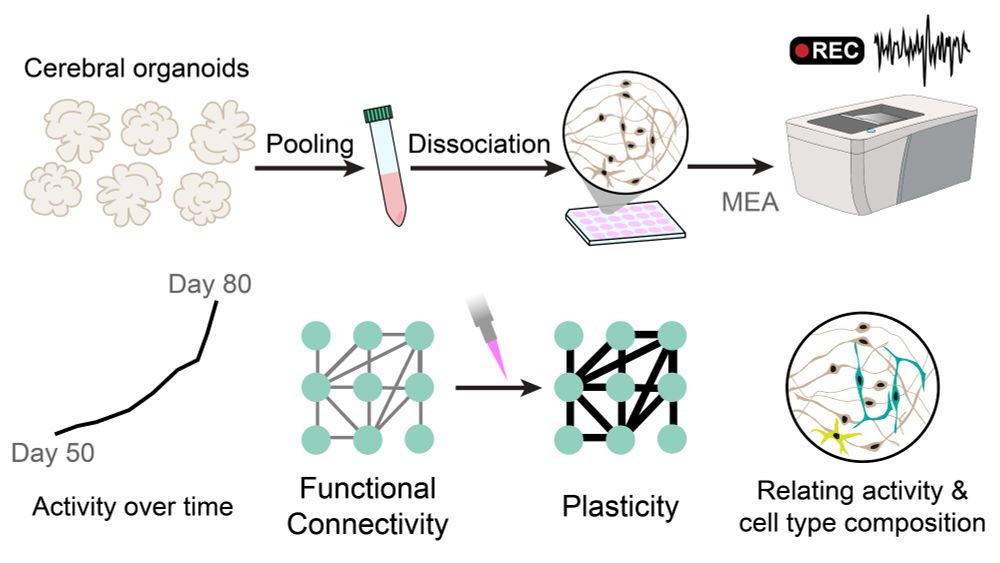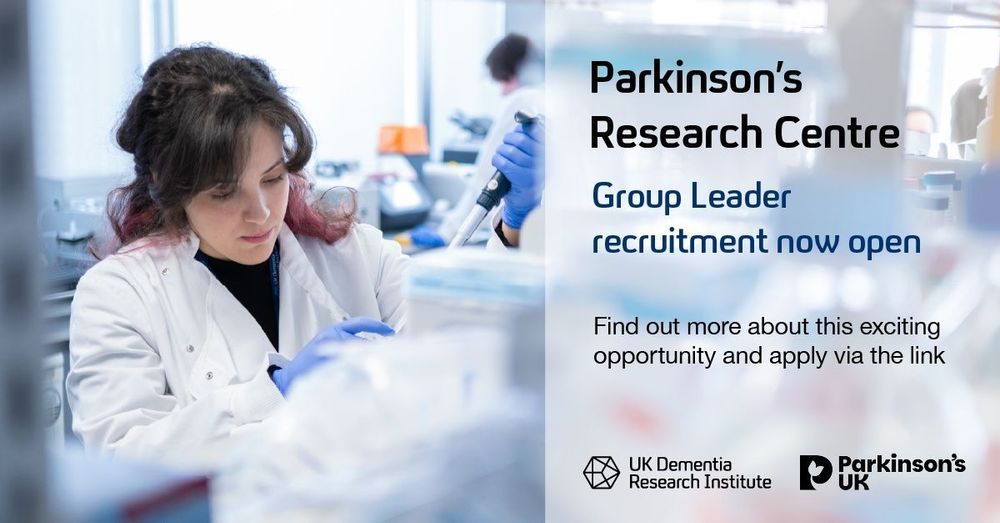Adam Pavlinek
@adampavlinek.bsky.social
290 followers
350 following
31 posts
Neuroscientist, postdoctoral researcher
@mrc-cndd.bsky.social @ncndgroup.bsky.social Interested in all things brain organoids. Studying the effects of fetal steroids and sex differences on synapse development 🧠. he/him 🏳️🌈
Posts
Media
Videos
Starter Packs
Pinned
Reposted by Adam Pavlinek
Reposted by Adam Pavlinek
Adam Pavlinek
@adampavlinek.bsky.social
· Jun 20
Adam Pavlinek
@adampavlinek.bsky.social
· Jun 11
Adam Pavlinek
@adampavlinek.bsky.social
· Jun 11
Reposted by Adam Pavlinek
Reposted by Adam Pavlinek
Nature
@nature.com
· May 18

Brain tissues, assemble! Inside the push to build better brain models
Nature - With organoids, assembloids and a growing toolkit of bioengineering tricks, scientists are stitching together models of the developing human brain — and pushing the limits of realism and...
go.nature.com
Reposted by Adam Pavlinek
Shicheng Guo
@shihcheng.bsky.social
· Apr 19

Astrocyte-secreted cues promote neural maturation and augment activity in human forebrain organoids | Nature Communications
Brain organoids have been proposed as suitable human brain model candidates for a variety of applications. However, the lack of appropriate maturation limits the transferability of such functional tools. Here, we present a method to facilitate neuronal maturation by integrating astrocyte-secreted factors into hPSC-derived 2D and 3D neural culture systems. We demonstrate that protein- and nutrient-enriched astrocyte-conditioned medium (ACM) accelerates neuronal differentiation with enlarged neuronal layer and the overproduction of deep-layer cortical neurons. We captured the elevated changes in the functional activity of neuronal networks within ACM-treated organoids using comprehensive electrophysiological recordings. Furthermore, astrocyte-secreted cues can induce lipid droplet accumulation in neural cultures, offering protective effects in neural differentiation to withstand cellular stress. Together, these data indicate the potential of astrocyte secretions to promote neural maturat
doi.org
Adam Pavlinek
@adampavlinek.bsky.social
· Mar 31
Adam Pavlinek
@adampavlinek.bsky.social
· Mar 28
Nature Protocols
@natprot.nature.com
· Mar 28

Methods Muse Launches as Open Beta
Methods Muse, a new life science research platform, is now available for open beta testing. Methods Muse has many features to aid experimental design, optimization, and troubleshooting. Methods Muse a...
communities.springernature.com
Adam Pavlinek
@adampavlinek.bsky.social
· Mar 28
Adam Pavlinek
@adampavlinek.bsky.social
· Mar 27
Adam Pavlinek
@adampavlinek.bsky.social
· Mar 27

Adam PAVLINEK | PostDoc Position | Doctor of Philosophy | King's College London, London | KCL | Research profile
Adam PAVLINEK, PostDoc Position | Cited by 62 | of King's College London, London (KCL) | Read 4 publications | Contact Adam PAVLINEK
www.researchgate.net
Adam Pavlinek
@adampavlinek.bsky.social
· Mar 26
Adam Pavlinek
@adampavlinek.bsky.social
· Mar 26
Adam Pavlinek
@adampavlinek.bsky.social
· Mar 26
Reposted by Adam Pavlinek







